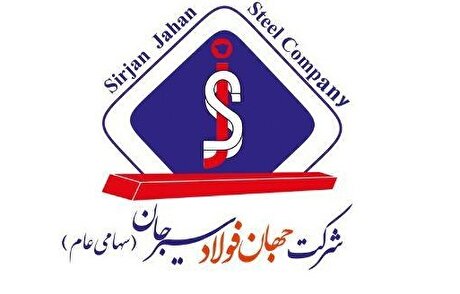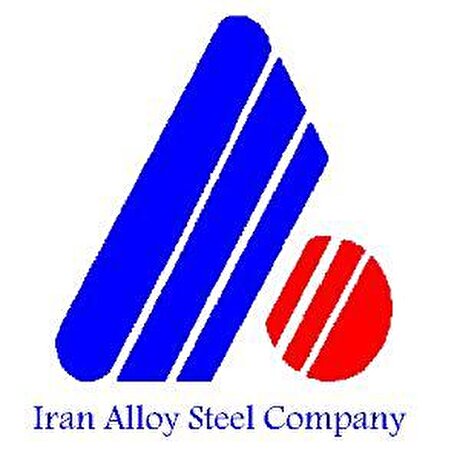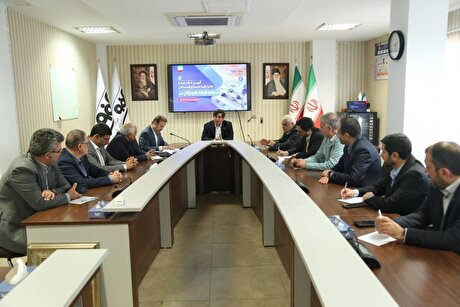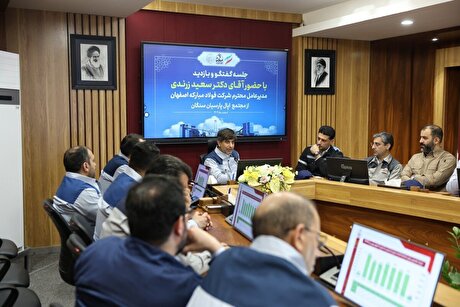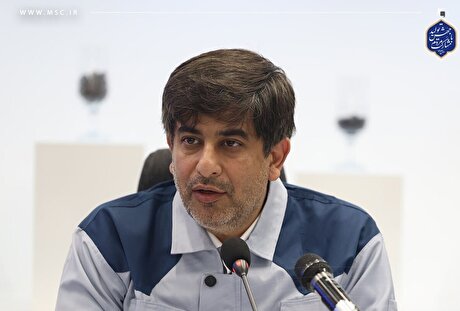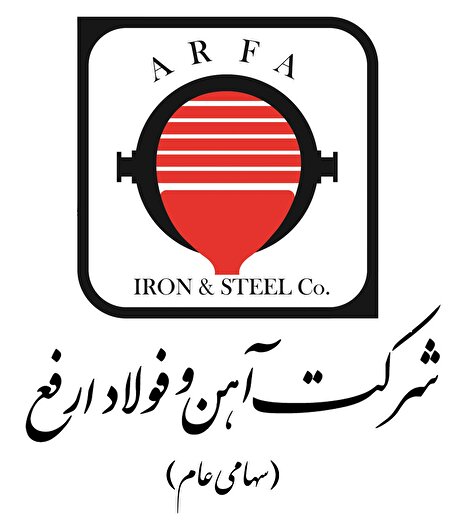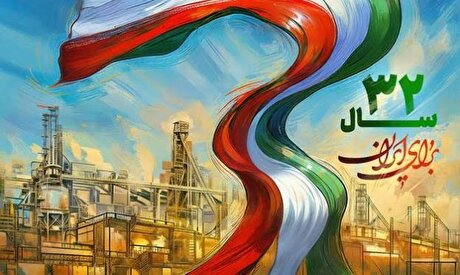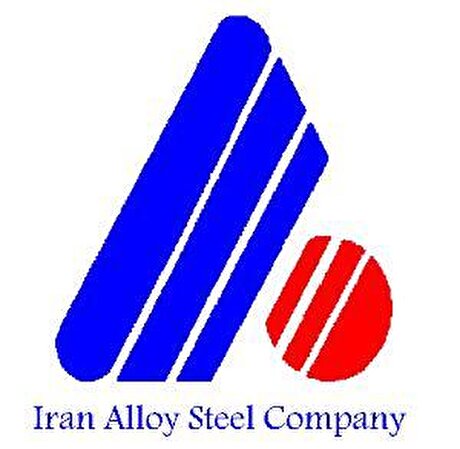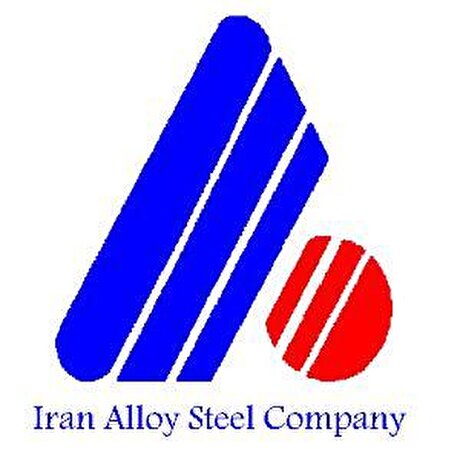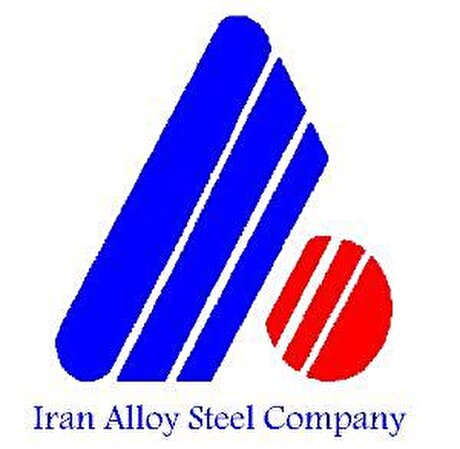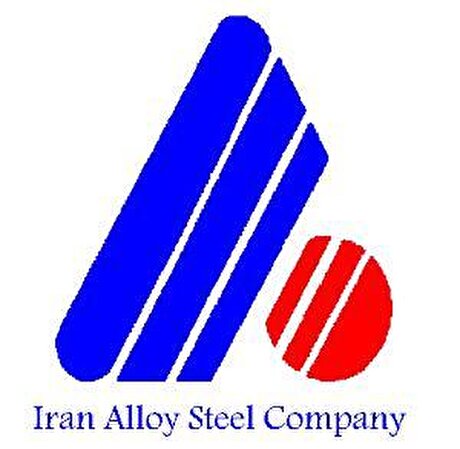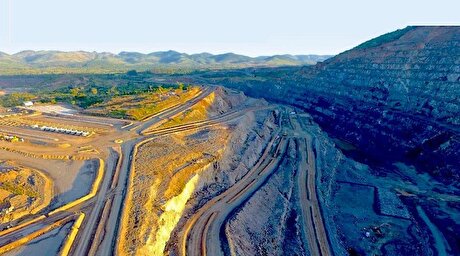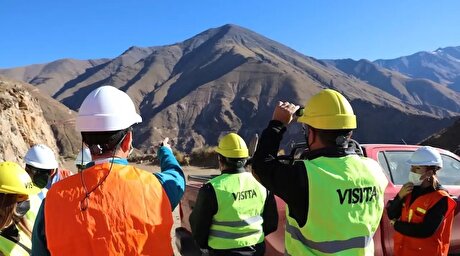
Projects worth $3.5b ready to be inaugurated in free trade, special economic zones
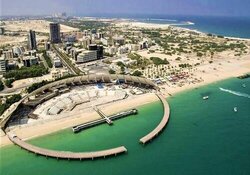
As announced by Hamidreza Mo'meni, the trade balance of the country’s free trade zones and special economic zones has been positive over the past three years.
“With the measures taken for the promotion of exports in the country, the trade balance of the free trade and special economic zones has become positive over the past three years,” the official has said.
In early July, Mo'meni had announced that some new free trade zones are planned to be set up in the country in the current Iranian calendar year (ends on March 20, 2022).
“If we can settle the subject of the comprehensive plans of these zones, I think by the end of this year, the new free zones will be added to the existing ones,” he said on July 12.
The establishment of free trade zones in Iran dates back to the Iranian calendar year 1368 (March 1989- March 1990) following the fall in the country’s oil income in the preceding year which prompted the government to promote the non-oil exports.
The first two free trade zones of Iran were established in the south of the country. The first one was Kish Free Trade Zone established in 1368 on Kish Island in the Persian Gulf and the second one was Qeshm Free Trade Zone established the year after on Qeshm Island in the Strait of Hormuz.
Some five other free trade zones have been also established in the country since then, including Chabahar in southeastern Sistan-Baluchestan Province, Arvand in southwestern Khuzestan Province, Anzali in northern Gilan Province, Aras in East-Azarbaijan Province, and Maku in West-Azarbaijan Province, both in the northwest of the country.
While near three decades have passed since the start of free trade zones activity in Iran, their planned objectives have not been fully achieved and their development is still facing some impediments.
Lack of proportion between the facilities and the objectives, lack of a national definition for free trade zones’ performance, limited resources for establishment and completion of infrastructures, no comprehensive management between the zones, and not complete implementation of zones management law are some of the barriers in the way of free trade zones’ activity and development in the country.
Source: Tehran Times

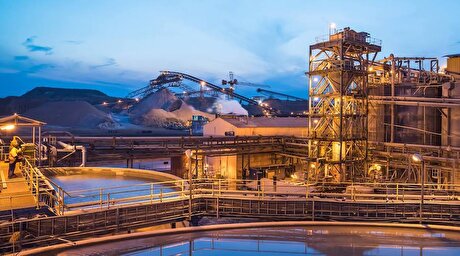
Mali to sell $107M in gold from Barrick to fund mine restart
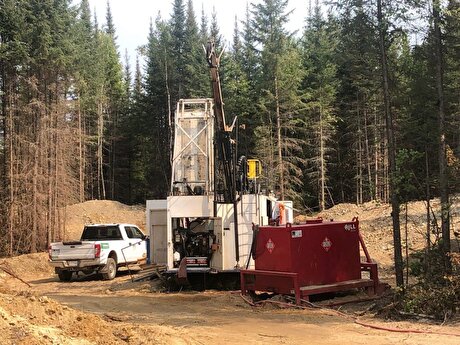
McFarlane Lake expands portfolio with $22M buy from Aris
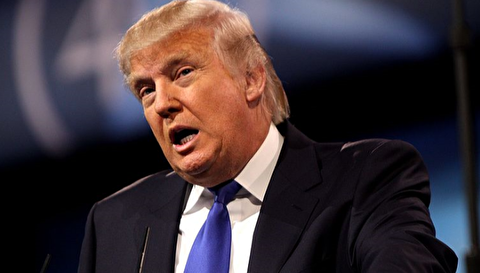
Copper price soars to record as Trump announces 50% tariff

EU prepares to stockpile critical minerals in case of war: FT
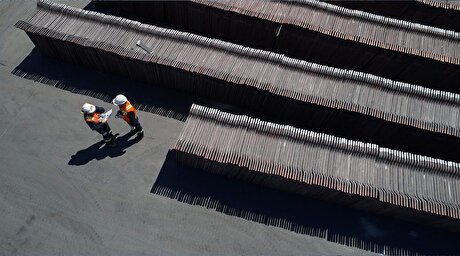
Glencore to sell Philippine copper smelter to Villar family

Gold ETFs drew largest inflow in five years during first half of 2025, WGC says
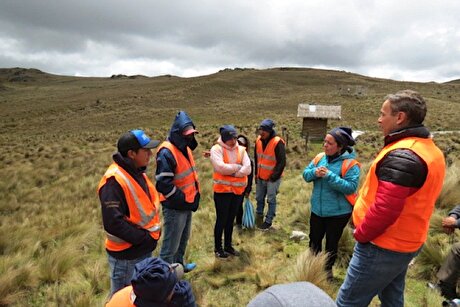
Dundee receives environmental OK for underground gold project in Ecuador

CHART: Nickel overtakes lithium as most valuable EV battery metal as prices slump
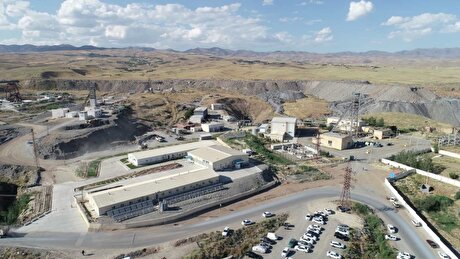
Navoi saw first half output value double on higher gold prices

Critical Metals soars as it begins drilling to boost Greenland rare earth resource
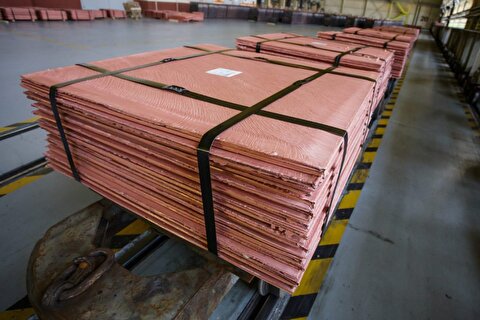
Trump’s 50% copper tariffs jolt US market as buyers slash imports and delay orders

Friedland backs Trump’s copper tariff as wake-up call

BHP to explore battery partnerships with CATL, BYD

Silver price surges to 14-year high amid mounting trade tensions
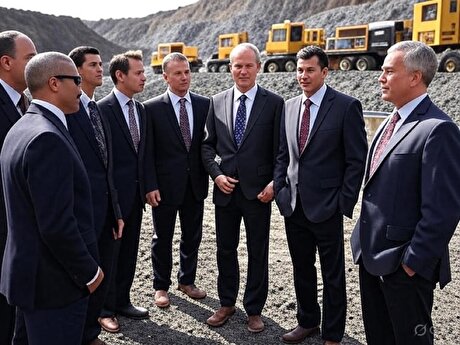
CHART: Nvidia hits $4 trillion – how do mining stocks stack up?
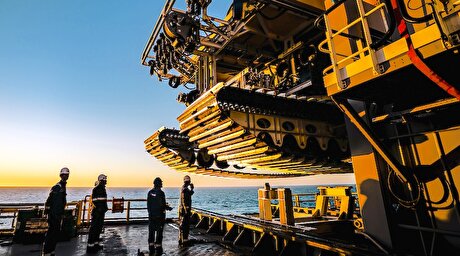
Lockheed Martin reboots Pacific seabed mining plans
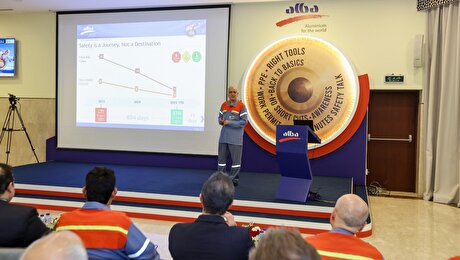
Alba kicks-off its Summer Safety & Health Campaign for 2025
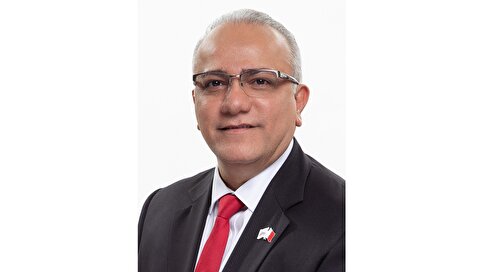
Alba Awarded EcoVadis Platinum Rating for the Second Time, Championing a Sustainable Tomorrow
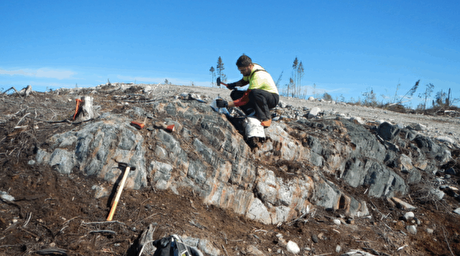
Troilus lands second offtake deal with major European copper producer

Trump’s 50% copper tariffs jolt US market as buyers slash imports and delay orders

BHP to explore battery partnerships with CATL, BYD

Silver price surges to 14-year high amid mounting trade tensions

CHART: Nvidia hits $4 trillion – how do mining stocks stack up?

Lockheed Martin reboots Pacific seabed mining plans

Alba kicks-off its Summer Safety & Health Campaign for 2025

Alba Awarded EcoVadis Platinum Rating for the Second Time, Championing a Sustainable Tomorrow
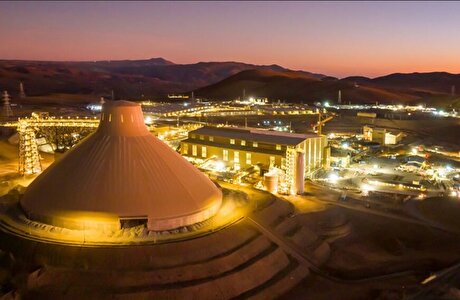
Copper mine output to rise 2.9% annually over next decade, says Fitch’s BMI

Navoi saw first half output value double on higher gold prices

